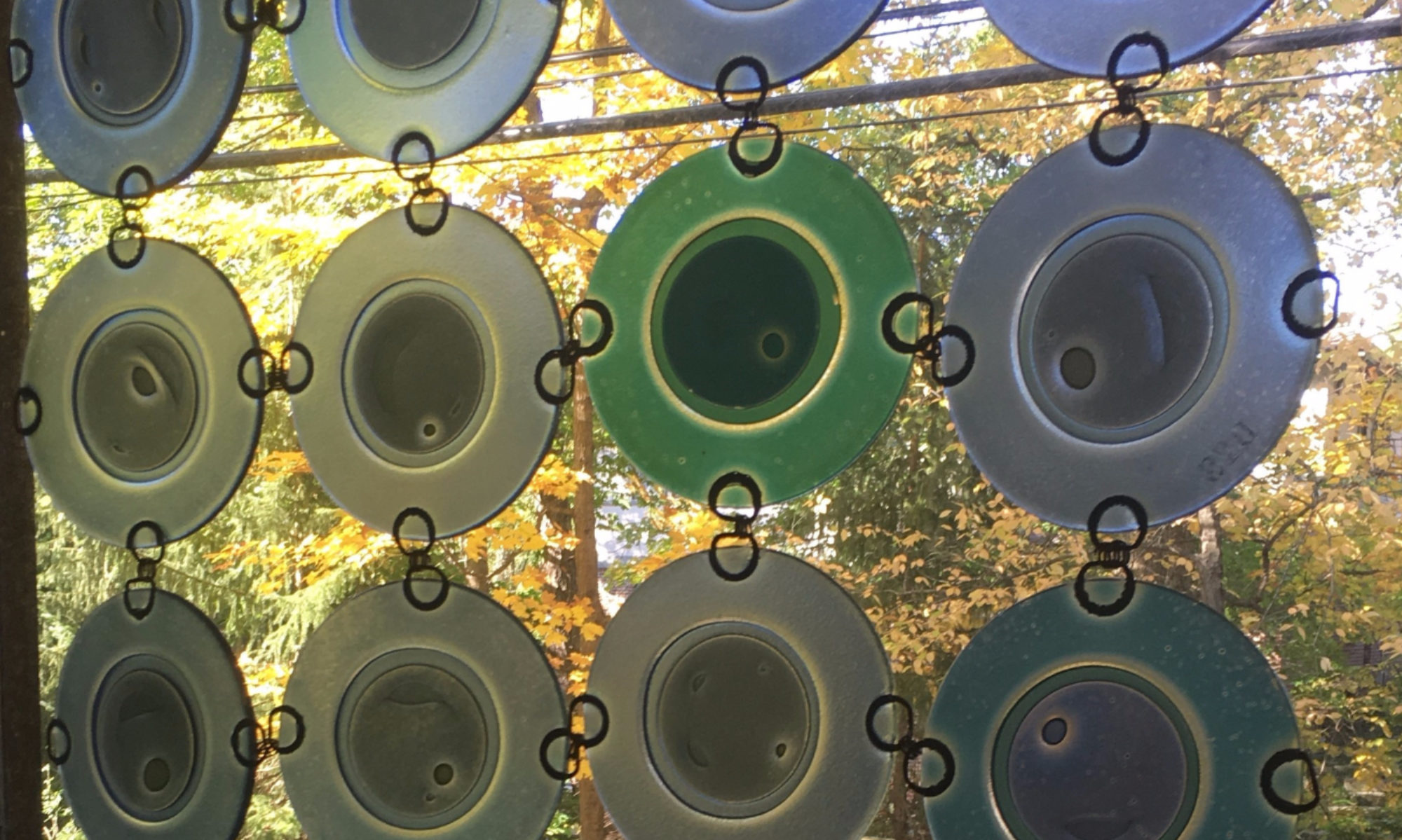Rookwood pottery is one of the best-known Arts and Crafts pottery companies of the early 20th century but it represents a bit of a cautionary tale in antique collecting. I found my first Rookwood vase at a local thrift store in the early 2000s; I only hesitated for a moment before plunking down $2 (half off the $4 price) and buying the 8-inch Lenore Asbury-decorated piece. Rookwood was at a zenith; prices were skyrocketing, with one Kataro Shirayamadani vase selling for north of $300k at auction. I had recently learned about Rookwood on Antiques Roadshow and hurriedly consigned my vase to a local auction house, expecting to earn vast riches. In fact, the vase sold for a whopping $800 at the auction, which, while quite impressive compared to what I paid, was somewhat below my inflated expectations. What I didn’t realize is that the market had already peaked; the appearance on Antiques Roadshow had effectively alerted a vast audience to check their cabinets and basements for Rookwood, and suddenly the market was flooded with high quality Rookwood pieces.
Since that find I never lost my fondness for Rookwood; after all, it represents the height of the Arts and Crafts pottery movement (along with Newcomb College, Teco, Marblehead, Grueby and the like) and it’s still highly collectible. With that said, Rookwood collectors have become much more selective in their acquisitions. Early brown-glazed floral pieces are not especially desirable, and the more common pieces (unsigned by the artists – aka “production” pieces) – have probably dropped the most in value. Still, the demand for good Rookwood pottery has never really dwindled. I’ve found that there is still great interest in pieces by the top Rookwood artists such as Sara Sax, the aforementioned Kataro Shirayamadani, Albert Valentien, Charles Todd, Lenore Asbury, Matt Daly, and others. Early works with silver overlay still command top prices. And fine landscapes (aka scenic vellums) have maintained significant value, though not what they were are their peak. As in most collectible areas, the best pieces (and the most unusual) never go out of style.
 Sara Sax for Rookwood, 1911, Peacock Feathers
Sara Sax for Rookwood, 1911, Peacock Feathers
I still try to pick up Rookwood when I come across it (see my Etsy shop for a fine Sara Sax peacock feather vase, among others), but it’s important to be highly selective; with the increased supply, collectors are very sensitive to any flaw such as cracks, chips or repairs. Light crazing (which is a web of fine lines in the glaze) tends to be common and is generally acceptable if it doesn’t affect the overall appearance.
